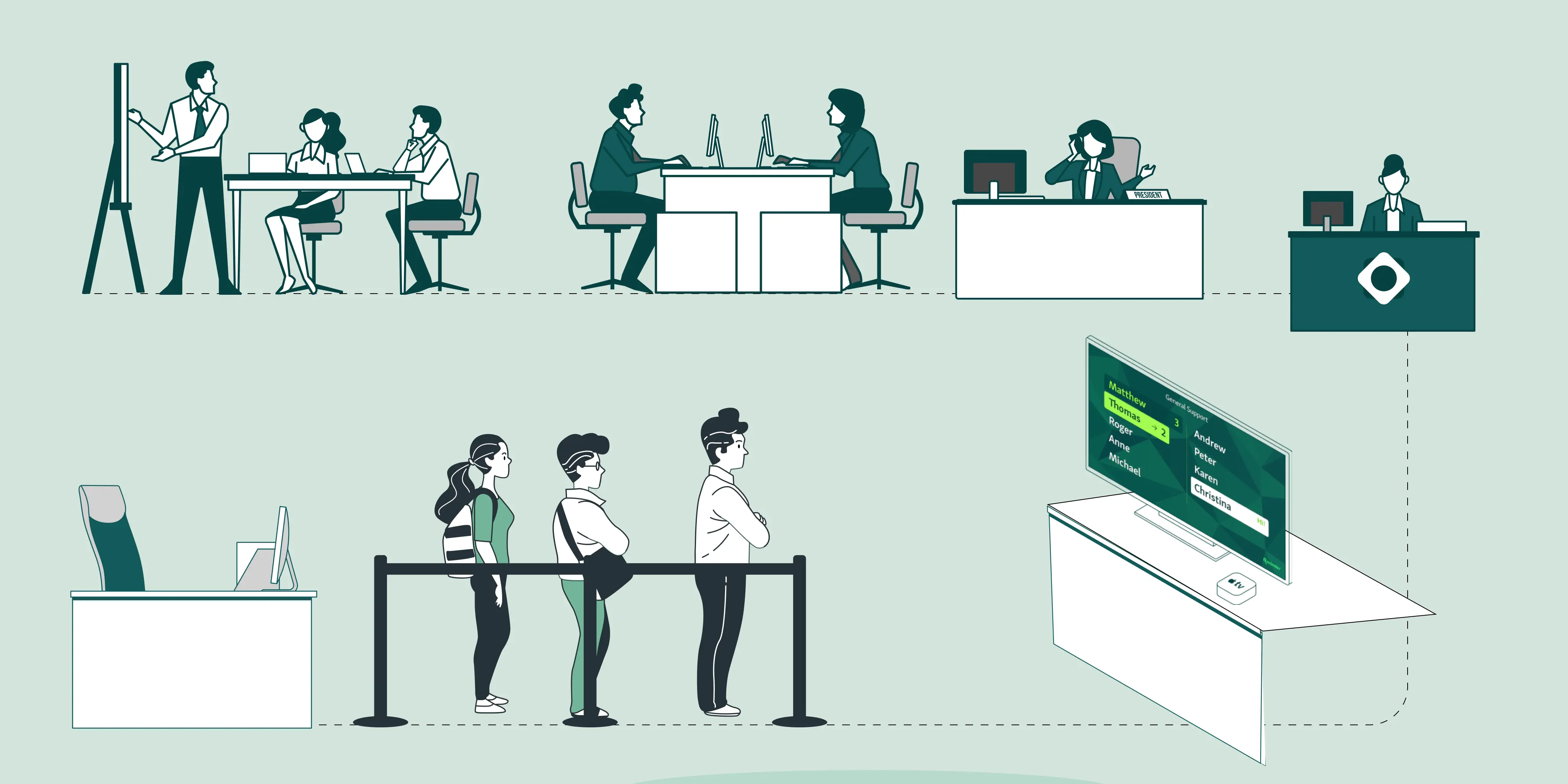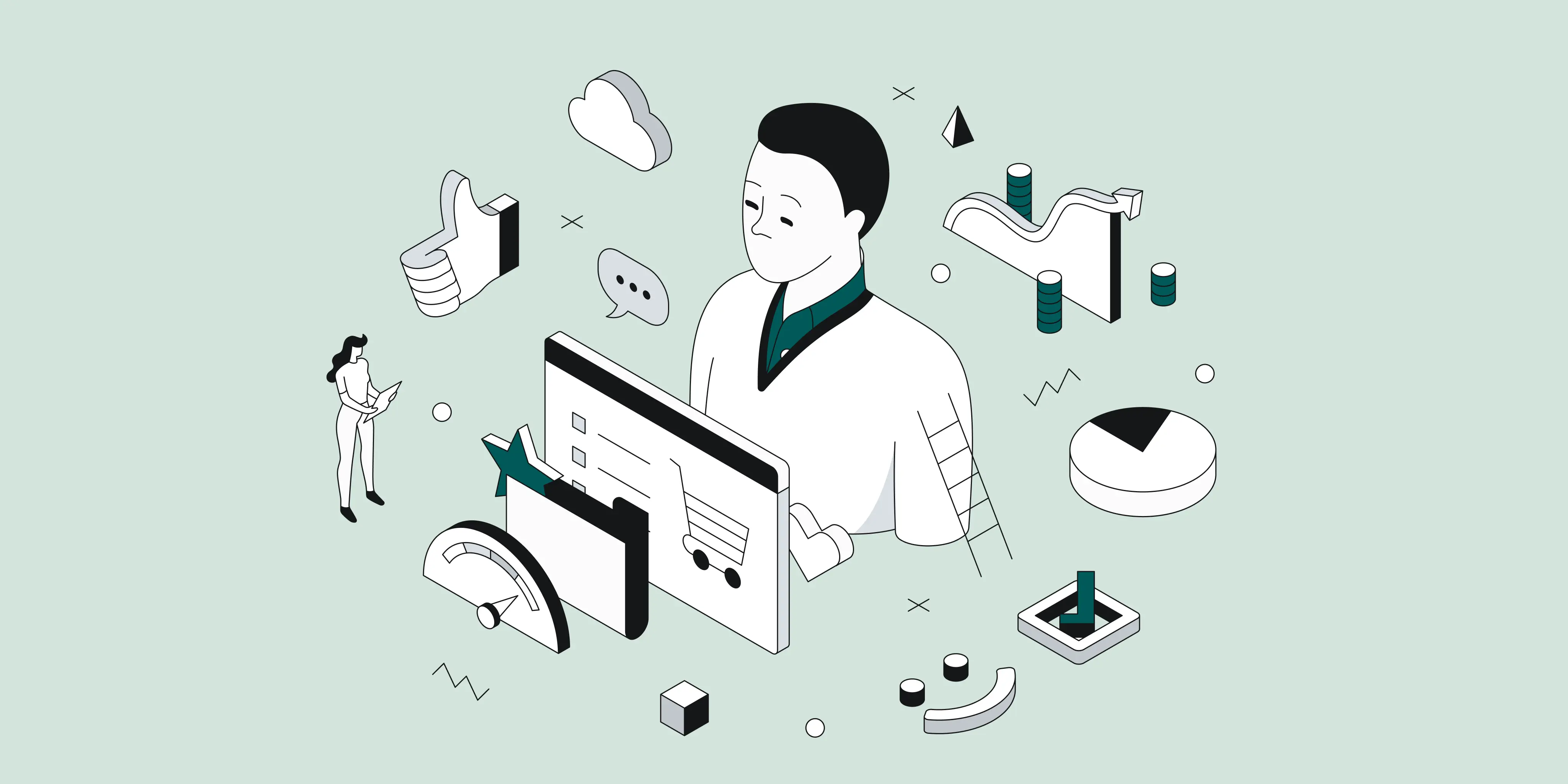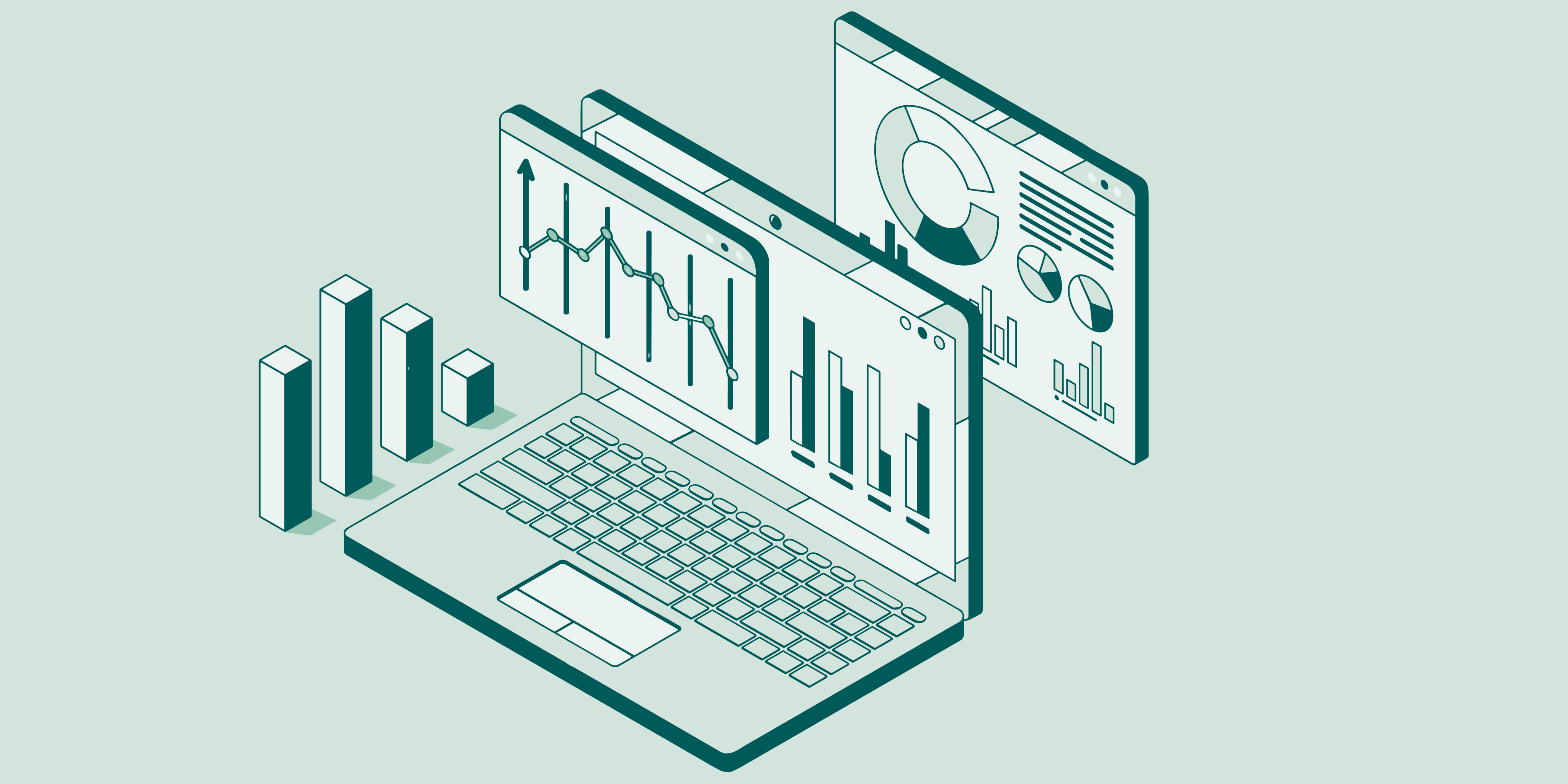Public sector agencies deal with more than just paperwork. Every day, they handle long lines, confused visitors, and slow-moving service points. It’s not just frustrating for the public. It puts pressure on staff and makes the entire experience feel disorganized.
Improving the customer experience flow isn’t only about shorter wait times. It’s about making the process smoother from start to finish. That means having the right layout, the right tools, and a better way to manage people as they move through service areas.
This blog breaks down what customer flow is, why bottlenecks happen, and how to start reducing bottlenecks with a smart customer flow management system.
What is a Customer Flow Management System?
A customer flow management system shows how people move through your service area. It helps staff see what’s happening in real time, not just guess.
The system tracks:
How many people are waiting
Where they are in the process
How long they’ve been waiting
It also helps guide visitors. That might be through a screen, a printed ticket, or a quick text alert. Either way, people know what to expect next.
For staff, it brings everything into one place. They can check queues, balance workloads, and keep things moving without getting overwhelmed.
Some systems also include:
Self check-in from a kiosk or mobile device
Service updates for citizens while they wait
Reporting tools that help spot bottlenecks before they grow
It’s not just about moving people faster. It’s about giving everyone a clearer view of what’s going on. That clarity makes a big difference on busy days.
Why Public Agencies Need a Better System
Most government offices were built for a different time. More forms, more counters, more waiting. But with growing demand, that model doesn’t work anymore.
That’s where a customer flow management system comes in.
It helps agencies like DMVs, housing departments, or local clinics manage the crowd better. Not by adding more staff, but by using what they already have more efficiently.
Here’s what changes:
Staff can switch tasks or desks when they see a queue building
Visitors get real-time updates, so they stop asking “How much longer?”
Appointments and walk-ins can be handled in the same system
When the process feels more organized, people are less likely to leave frustrated. And that’s better for everyone involved.
7 Best Strategies for Reducing Bottlenecks in Citizen Flow
When public services get busy, even small delays can turn into long lines and frustrated visitors. These seven strategies help reduce bottlenecks and keep your customer experience flow on track
1. Offer Multi-Channel Check-In
Let people check in the way that works best for them. Some will walk up to a self-service kiosk. Others might use their phone before they even arrive. And a few will still need help from someone at the counter. That’s okay.

The more ways you offer, the less pressure there is at any one spot.
Here’s how to set it up:
Place kiosks near the entrance so people can check in right away
Add a mobile option for remote check-ins and pre-booked appointments
Make sure staff can check people in manually if needed
This one step does a lot. It spreads people out, cuts down wait times, and gives visitors a better first impression. It also gives staff breathing room to focus on those who need extra help.
2. Separate Walk-Ins from Appointments
Combining walk-ins and booked appointments into one line usually creates delays. Appointments expect things to move fast. Walk-ins know they’ll wait a bit. But when they’re handled the same way, both sides end up frustrated.
Separate the two from the start.
Some ways to do this:
Give walk-ins and appointments different check-in options
Set up separate lines or counters
Show wait times clearly for each group
This takes the pressure off staff and keeps things fair. People know what to expect. And it helps your team manage time better without needing to rush anyone through.
You might also like - Walk-in vs. Appointment Scheduling: Choosing the Best Approach
3. Provide Real-Time Wait Information
People get annoyed when they don't know how long they are waiting. Even short lines can feel longer without some indication of progress.
Provide real-time updates so visitors can see what's happening.
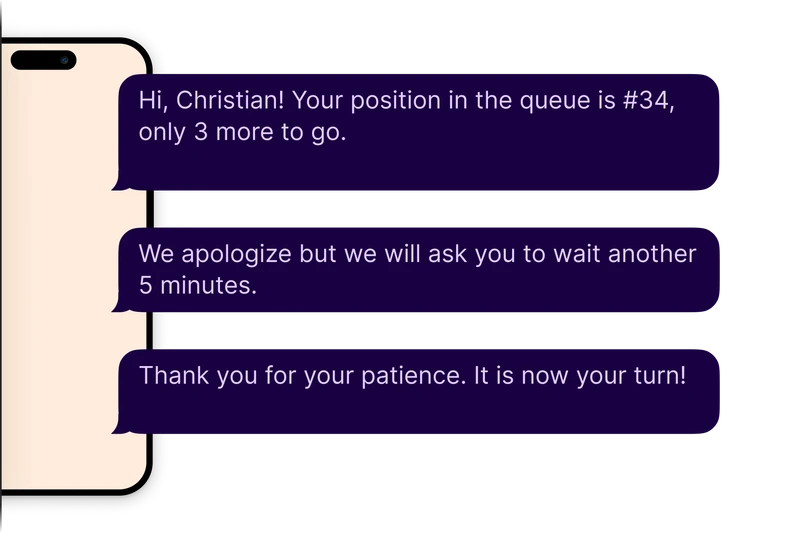
Ways to accomplish this:
Use digital screens in your lobby
Send live SMS updates with queue status
Allow visitors to check their position online or on their phones
It's not a big change, but it gives visitors an opportunity to be patient. Visitors are less likely to leave early or ask your staff for updates when they feel informed about their progress.
4. Staff Based on Flow Patterns
If the front desk is slammed at 10 a.m. every day, but overstaffed by 3 p.m., something’s off. Most agencies already have the data—they’re just not using it right.
Use your customer flow management system like Qminder to look at actual visitor trends and uncover hidden traffic patterns.

What to do:
Check queue volume by hour, day, or service type
Adjust staff schedules around real traffic peaks
Rotate roles to prevent burnout during busy hours
Identify which services take the most time and staff accordingly
When you match staffing with demand, lines move quicker, stress goes down, and service gets more consistent throughout the day. Everyone benefits—including the staff.
5. Improve Wayfinding and Signage
Long lines aren't the only thing that slow people down. Confusing layouts and poor signage can create just as much friction. When visitors don’t know where to go, they ask staff, block hallways, or wander—adding to delays and frustration.
An effective customer flow management system includes more than digital queues. It also supports the customer experience flow by helping people move through the space with confidence.
What to do:
Install clear digital displays with real-time updates
Use floor maps and directional signs at decision points
Label service areas by purpose, not just room numbers
Review visitor movement data to spot high-confusion zones

Simple navigation can go a long way in reducing bottlenecks and improving the overall customer flow.
6. Automate Queue Prioritization
Not every visitor has the same need or the same urgency. Some just need to pick up a form. Others are there for longer services like applying for benefits or taking a road test. If everyone waits in the same line, the system gets clogged fast.
A good customer flow management system helps sort people before that happens. It can automatically assign spots in line based on what the person came in for, how urgent it is, or which staff member is free. That way, services keep moving without putting all the work on your front desk.
Here’s how it helps:
Automatically group tickets by service type
Prioritize time-sensitive visits like ID renewals or license tests
Match requests with available agents to reduce idle time
This makes the overall customer experience flow smoother and helps with reducing bottlenecks during peak hours.
Read also - Customer Satisfaction – Make Your Customer Addicted to Your Business
7. Collect and Use Feedback
The only way to know if your service flow is working is to ask. And not just when things go wrong—feedback should be part of the everyday process.
Set up simple ways for people to share how their visit went. A short SMS survey or a quick tap on a feedback kiosk can go a long way. You don’t need long forms—just one or two questions right after the visit is enough.
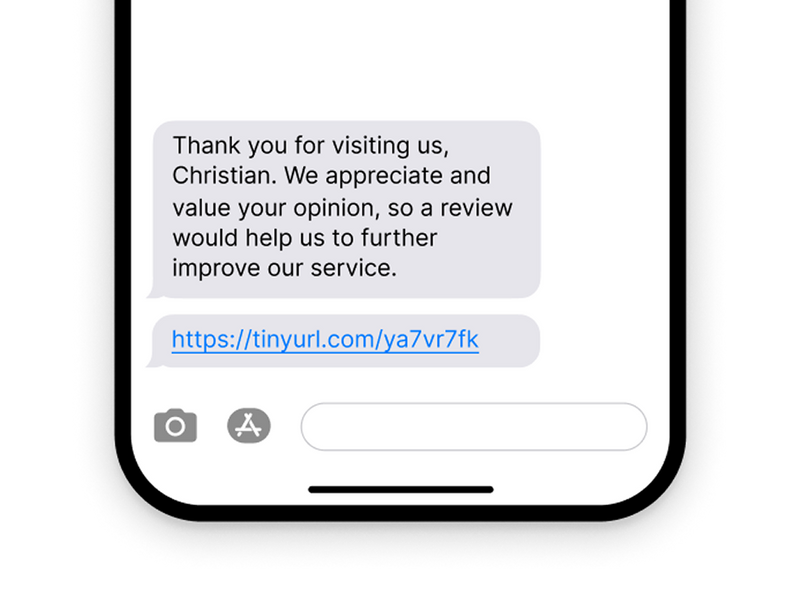
Here’s what helps:
Ask while the experience is still fresh
Make it easy to answer with smiley faces or a 1–5 scale
Read through comments to catch issues you can’t see in data
This kind of feedback keeps your customer flow management system honest. It shows you what’s working, what’s not, and where bottlenecks might be hiding.
Smoother Flow Builds Stronger Trust
Fixing customer experience flow isn’t just about cutting wait times. It’s about creating a smoother, more predictable visit from start to finish. Whether it’s better signage, real-time updates, or smarter staffing, each piece helps reduce stress—for both citizens and staff.
The key is to spot where people are getting stuck and take action before small issues grow.
Qminder helps public agencies manage queues, track patterns, and improve service without adding more work.
Try Qminder and see how it simplifies your customer flow.
Foot traffic counts the number of people that come into a space. Customer flow measures how those visitors move through the service journey, from check in to check out. Foot traffic is just a number, but customer flow helps us better understand the experience those people have as they move through your system.
Look for changes in key data points, like total wait time, drop off rates, and services completed per day. You can look at staff productivity and how often people request help to navigate the process.
Absolutely. When flow through the process is smooth, staff spend far less time explaining the same things or dealing with frustrated visitors. Better flow allows for more focus on service, not crowd control.


